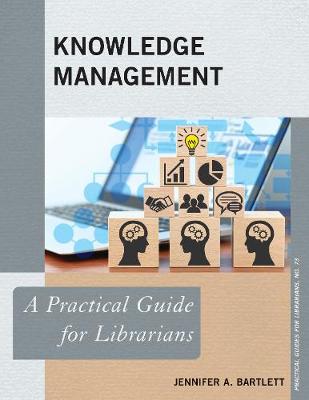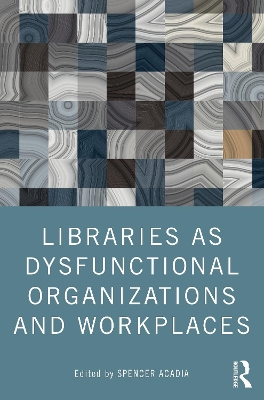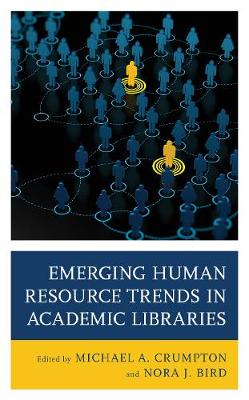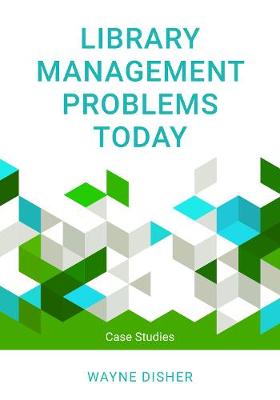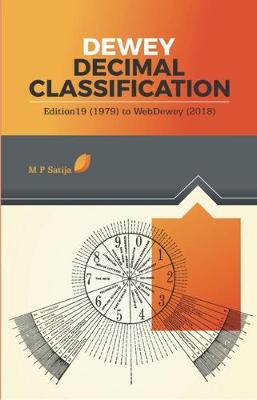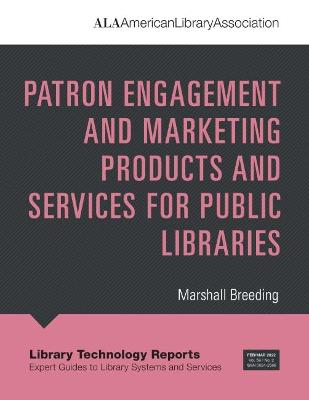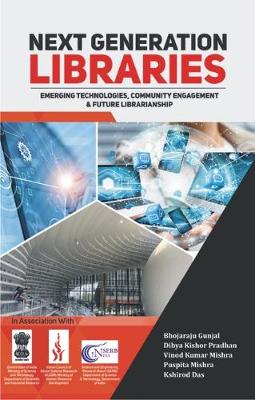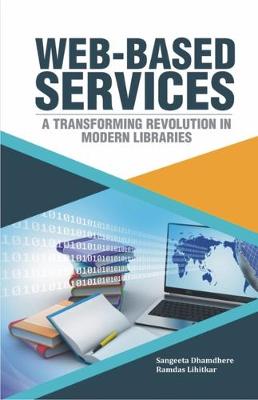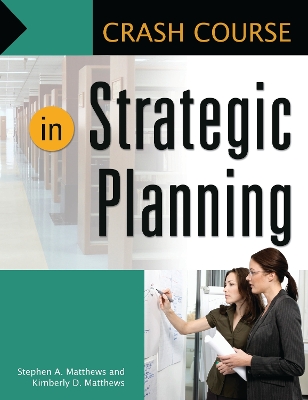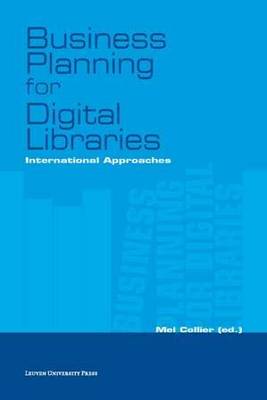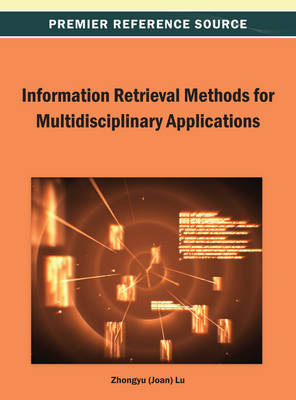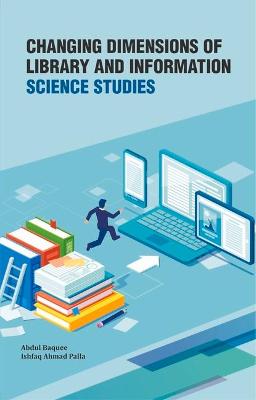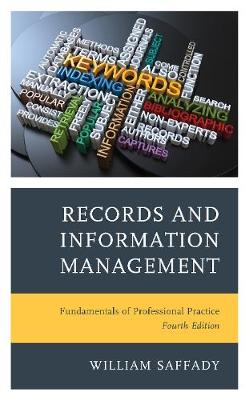Knowledge Management (Practical Guides for Librarians, #73)
by Jennifer A Bartlett
Libraries as Dysfunctional Organizations and Workplaces
Libraries as Dysfunctional Organizations and Workplaces expands the ‘dysfunctional’ concept in the professional and academic LIS discourse by exposing the internal problematics of libraries, especially at the social and organizational level. Including contributions written by LIS professionals and scholars, the book demonstrates that although many libraries do well at attending to users and managing external information they often fail at taking care of their own employees and addressing intern...
Patron Engagement and Marketing Products and Services for Public Libraries
by Marshall Breeding
In response to public libraries' interest in proactive marketing of their programs, services, and collections, a variety of new products have been introduced. Each takes a different approach in providing libraries with sophisticated tools to support marketing campaigns or other initiatives to strengthen engagement with their communities. Many involve harvesting data and producing analytics and visualizations that aim to provide insight into the strategic performance of the library and the effect...
Selecting and Implementing Technologies in Libraries (Lita Guides)
by Tod Colegrove
Planning and Management of Science Information Systems
by C A Augustine
Presenting a comprehensive view of the field, this award-winning overview of educational technology discusses such topics as instructional design and systems, computer applications in education and training, research and evaluation in instructional technology, future prospects for instructional technology, and professional development.The only book to present a comprehensive view of the field, this award-winning overview of educational technology has been updated to cover current issues and tren...
In this controversial book, Terry Robson shatters the myth that the current community development movement has the potential to change the nature of society. Robson criticises community development organisations for losing touch with the very communities they are seeking to serve. Against a background of continuing civil and political conflict, Robson examines case studies in Ireland, Britain, Romania and the United States.
Domain analysis is the process of studying the actions, knowledge production, knowledge dissemination, and knowledge-base of a community of commonality, such as an academic discipline or a professional community. The products of domain analysis range from controlled vocabularies and other knowledge organization systems, to scientific evidence about the growth and sharing of knowledge and the evolution of communities of discourse and practice.In the field of knowledge organization- both the scien...
Crash Course in Strategic Planning (Crash Course)
by Stephen A. Matthews and Kimberly D. Matthews
For practitioners, this text provides an easy-to-understand approach to strategic planning and execution.The general recipe for achieving an intended outcome is equal parts of the following: clear vision and mission, a practical strategic plan, daily activities linked to the mission, and unified commitment to the plan. However, orchestrating the details of these necessary components is somewhat more complicated.Crash Course in Strategic Planning uses a process approach to the creation of a strat...
Freedom and Information (Routledge Studies in Library and Information Science)
by Sara de Freitas and Robert McFarlane
The powerful political call for ‘open access’ to information has become a formative aspect of our societies and culture. As an expression of cultural freedom, digital technology creates a tension between access to information on the one hand and control and power strategies that seek to restrict access and centralize datasets on the other. This book considers the evolution of information systems as centering upon control, open access, and knowledge, tracing the development of these notions from...
The ostensible purpose of a library is to preserve the printed word. But for fifty years our country’s libraries–including the Library of Congress–have been doing just the opposite, destroying hundreds of thousands of historic newspapers and replacing them with microfilm copies that are difficult to read, lack all the color and quality of the original paper and illustrations, and deteriorate with age. With meticulous detective work and Baker’s well-known explanatory power, Double Fold reveals...
Library Management (Practical Guides for Librarians, #74)
by Bridgit McCafferty
Information Retrieval Methods for Multidisciplinary Applications
The internet provides a vast amount of data which can be utilised to explore different approaches to solving industry problems. Efficient methods for the retrieval of this information are essential for streamlined business processes. Information Retrieval Methods for Multidisciplinary Applications provides innovative research on information gathering, web data mining, and automation systems. Addressing multidisciplinary applications and focusing on theories and methods with an enterprise-wide pe...
Foundations of Library and Information Science
by P. Balasubramanian
An incisive history of the controversial Google Books project and the ongoing quest for a universal digital libraryLibraries have long talked about providing comprehensive access to information for everyone. But when Google announced in 2004 that it planned to digitize books to make the world's knowledge accessible to all, questions were raised about the roles and responsibilities of libraries, the rights of authors and publishers, and whether a powerful corporation should to be the conveyor of...
Changing Dimensions of Library and Information Science Studies
by Abdul Baquee and Ishfaq Ahmad Palla
This book explains how architects obtain and administer work from the moment the contract is signed, to the handing over of the finished building to the client and is an indispensible guide to all architecture students. This second edition has been thoroughly updated and expanded. It now includes significant additions to the section on design constraints, a new section on quality assurance and management and information on new acts and regulations introduced since the publication of the first e...
